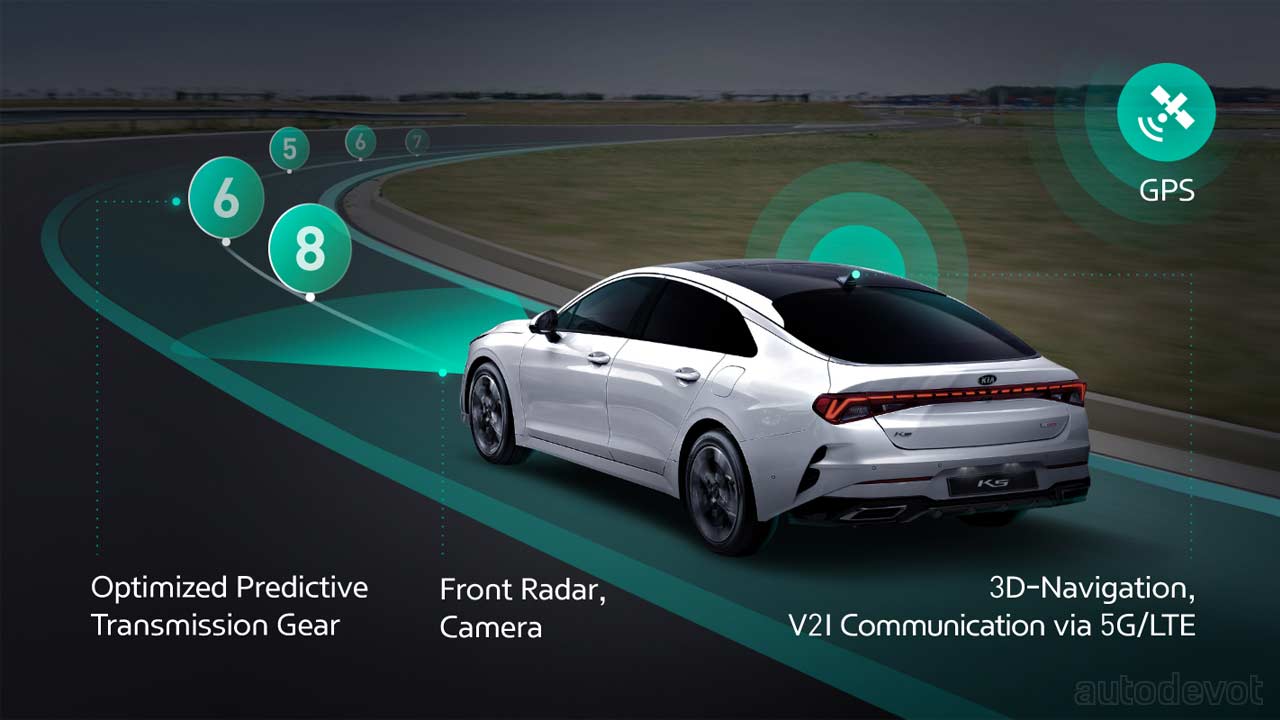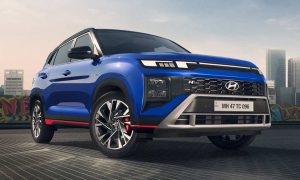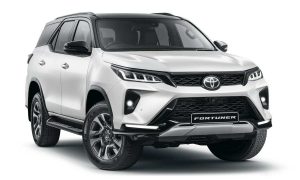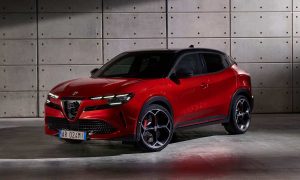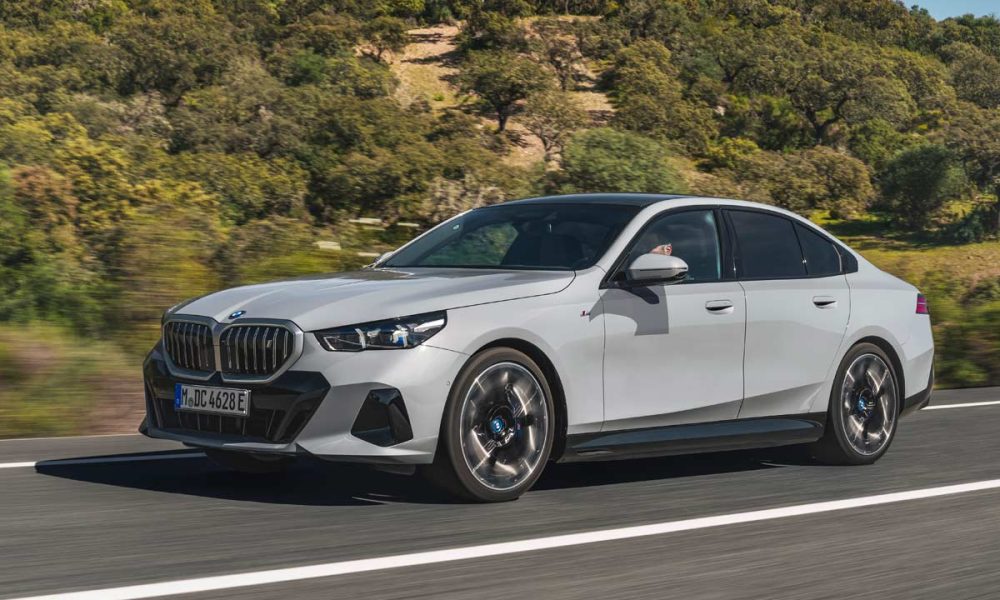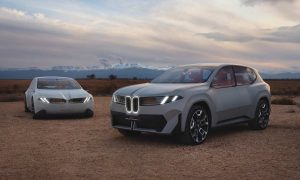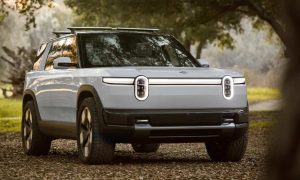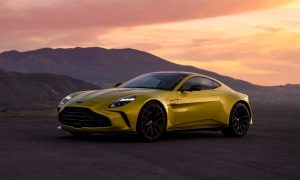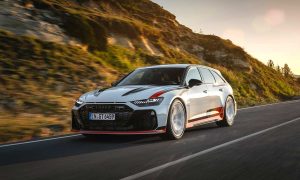Hyundai and Kia have developed a new technology called ICT (Information and Communication Technology) Connected Shift System, which they claim to be the world’s first of its kind.
According to the explanation, the system enables the vehicle to automatically shift to the optimal gear after identifying the road and traffic conditions ahead. The system works with TCU (Transmission Control Unit) that collects and interprets real-time data from 3D navigation with a precise map of the road as well as cameras and radar for smart cruise control.
The 3D navigation includes elevation, gradient, curvature and a variety of road events as well as real-time traffic conditions. Radar detects the speed and distance between the vehicle and others, while a forward-looking camera sends lane information.
Using all of these inputs, the TCU predicts the optimal shift scenario for real-time driving situations through an Artificial Intelligence algorithm and shifts the gears accordingly. For example, when a relatively long slow down is expected and radar detects no speed irregularities with the car ahead, the transmission clutch temporarily switches to neutral mode to improve fuel efficiency, the official statement said.

When the system was tested on a heavily curved road, the frequency of shifts at cornering was reduced by approximately 43% compared to vehicles without the system. Accordingly, the system also reduced the frequency of brake operation by approximately 11%, thereby minimizing driving fatigue and brake wear.
When rapid acceleration was required to enter a highway, the driving mode automatically switched to Sport Mode at the merge, making it easier to join the traffic flow. After merging with traffic, the vehicle automatically returned to its original driving mode, enabling safe and efficient driving.
In addition, the engine brakes were automatically applied upon release of the accelerator pedal by determining speed bumps, downhill slopes and location of the speed limit change on the road. The changes in distance from the front car were detected by the front radar to adjust appropriate transmission gear automatically, which improved driving quality.
The statement further said that the system is also capable of working with autonomous technology. In addition, the technology in the future will be able to communicate with traffic signals based on LTE or 5G communication and identify drivers’ tendencies, resulting in further refinement of gear-shift control.
While this technology might remind you of the Satellite Aided Transmission that Rolls-Royce/BMW has been using for several years now, it seems like an evolved/refined version. Apparently, the companies filed about 40 major patents in South Korea and abroad while developing this system.

Leave a Reply
Note: Comments that are unrelated to the post above get automatically filtered into the trash bin.
